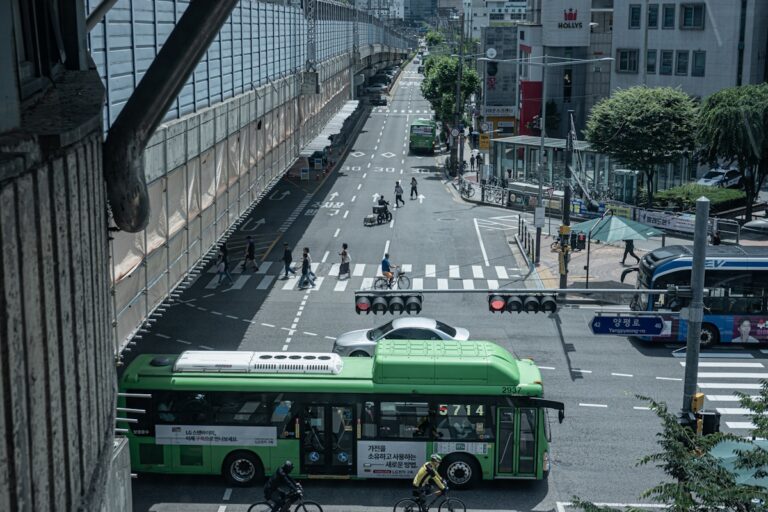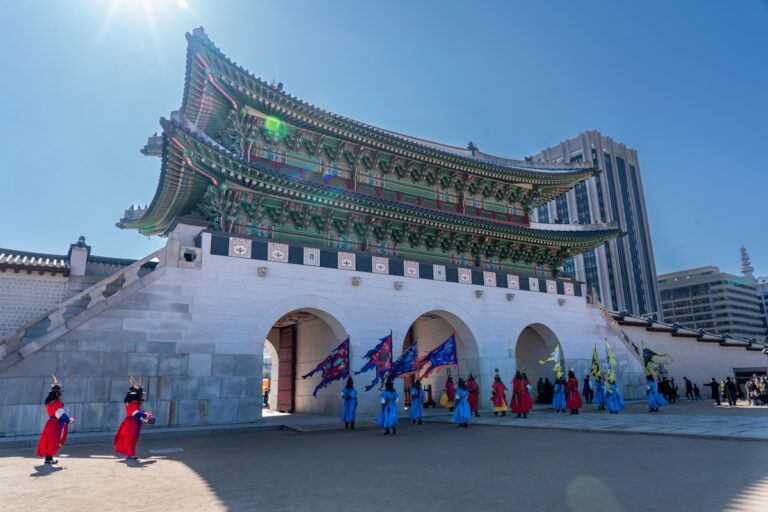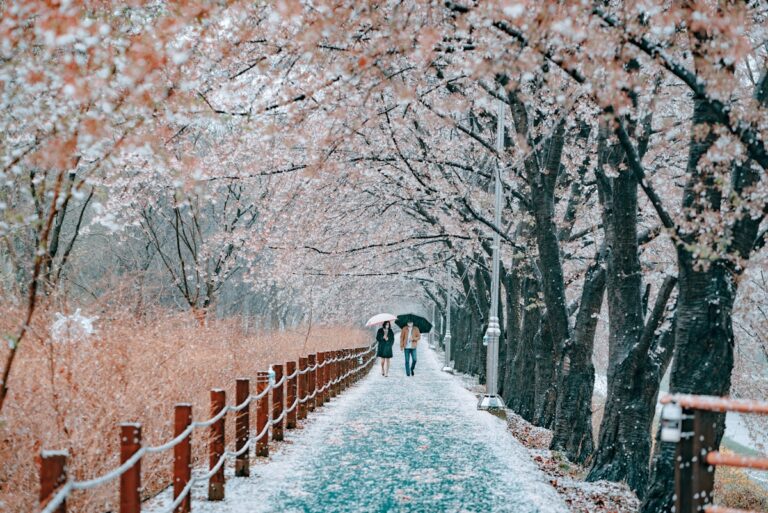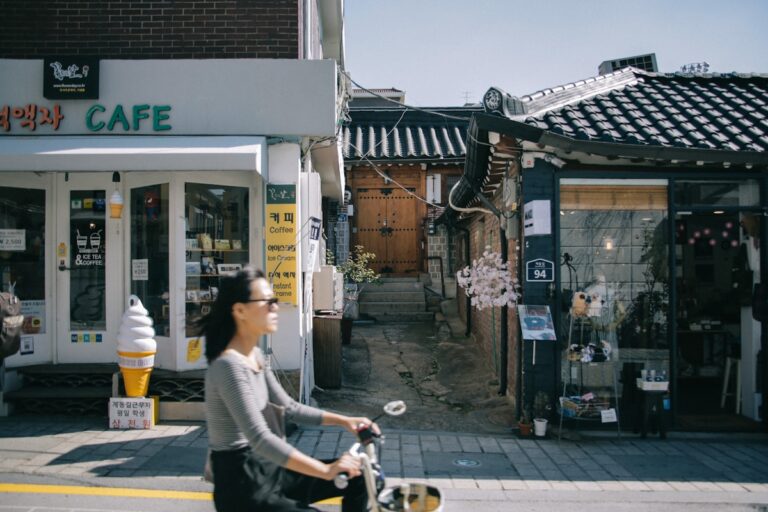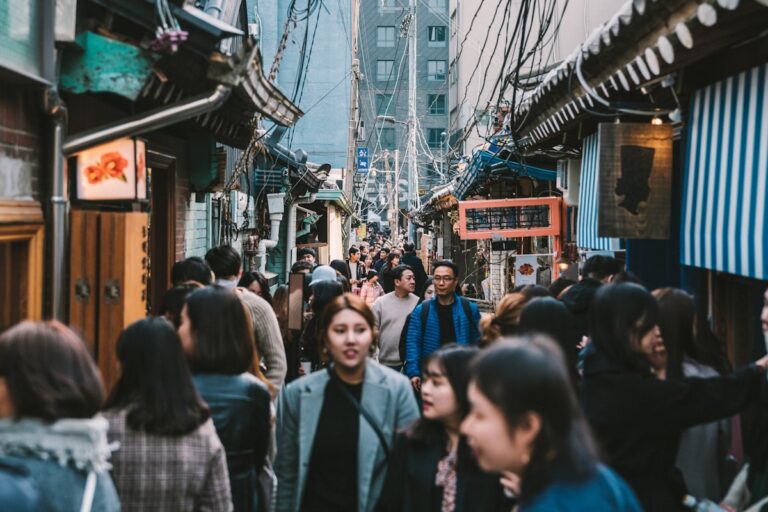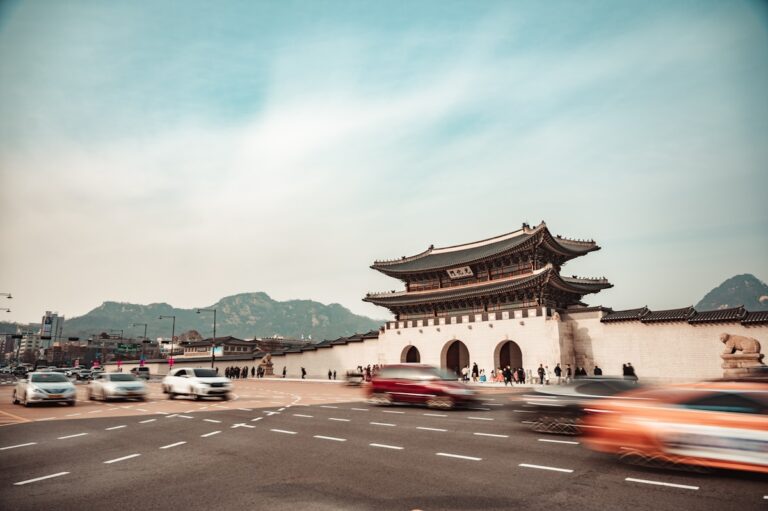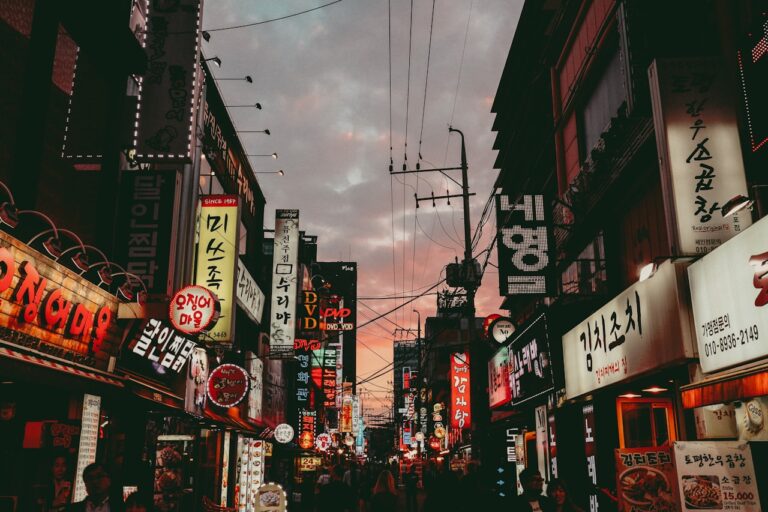
South Korea
South Korea combines ancient traditions with cutting-edge technology to create a distinctive travel experience. From Seoul’s skyline to Jeju Island’s volcanic landscapes, each region offers you unique cultural and natural attractions that showcase the country’s 5,000-year history alongside its modern innovations.
Visit Seoul‘s palaces that stand as monuments to Korea’s Joseon Dynasty era. Gyeongbokgung Palace, built in 1395, spans 410,000 square meters and houses the National Folk Museum within its grounds. The changing of the royal guard ceremony occurs daily at 10:00 AM and 2:00 PM, recreating traditions from centuries past.
Korean cities balance historical preservation with technological advancement. Busan features both 14th-century Buddhist temples and Asia’s largest department store within the same city limits. Seoul’s Dongdaemun Design Plaza, designed by architect Zaha Hadid, exemplifies the fusion of traditional markets with futuristic architecture.
Plan your travels around South Korea’s seasonal highlights. Cherry blossom season typically runs from late March through mid-April, with Jinhae hosting the largest festival that attracts over 2 million visitors annually. Fall foliage peaks between mid-October and early November, transforming mountain parks into red and gold landscapes.
Korean cuisine offers regional specialties across the peninsula. Try bibimbap in Jeonju, where the dish originated; sample fresh seafood at Jagalchi Market in Busan; and experience Korean barbecue in Seoul’s Mapo district. Most restaurants serve meals continuously from 11:30 AM until 9:00 PM, with some closing briefly between lunch and dinner services.
Transportation throughout South Korea functions with remarkable precision. The KTX high-speed rail connects major cities at speeds reaching 305 km/h (190 mph). Seoul’s subway system includes 23 lines covering 353 stations, with announcements in Korean, English, Chinese, and Japanese.
Prepare for distinct seasonal weather patterns when planning your visit. Summer months (June-August) bring temperatures averaging 26°C (79°F) with high humidity and occasional monsoon rains. Winter temperatures often drop below freezing, particularly in northern and mountainous regions.
Learn basic Korean phrases to enhance your travel experience. While English signage appears in major tourist areas and transportation hubs, communication in smaller towns and with older residents may require simple Korean expressions or translation apps.
South Korean shops typically operate from 10:00 AM until 8:00 PM or later in urban centers, with many department stores and markets remaining open until 10:00 PM. Most museums close on Mondays; plan your cultural activities accordingly.
The Korean Won (₩) serves as the official currency, with 1,000 won approximately equal to 0.75 USD (as of October 2024). Credit cards receive wide acceptance in urban areas, though smaller establishments and traditional markets may prefer cash transactions.

